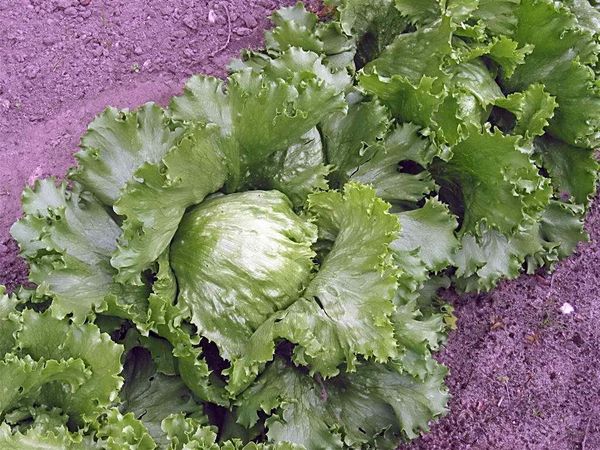Salads are currently popular. One of them is Iceberg lettuce. It is a healthy low calorie food that attracts with its calm, neutral taste. It goes well with any sauces. At the same time, its resistance to low temperatures, unpretentiousness when grown in a country house and a decorative look attracts many summer residents.
Table of contents
Description and origin of iceberg lettuce
Iceberg lettuce is an early culture, ripening period 50-90 days, refers to the heading salads. Externally, it resembles an early, white cabbage. A rosette of light green leaves with a carved rim forms a small head of cabbage. 300-600 gr.
In taste, it is similar to Chinese cabbage, but differs in juicy and crispy leaves. These properties and attract in the preparation of cold appetizers and in the design of dishes.
The plant has found its distribution throughout the world thanks to American breeders. They received a culture in the early twentieth century. Currently grown in industrial volumes. Originally it was called "crispy salad." After its taste was appreciated.

Recommendations before sowing in the country
- Culture prefers loamy or sandy, neutral soil. Therefore, to reduce the acidity, dolomite flour, wood ash, or limestone are introduced into the ground beforehand.
- For the prevention of plant diseases, planting is carried out according to the requirements for crop rotation. It is advisable that last year cabbage, potatoes, onions or grains would grow on the beds.
- Salad - a culture that is able to accumulate nitrates in the leaves. Therefore, to make nitrate fertilizers should be with caution. It is better to fertilize before plantings with humus, compost, or from autumn with manure.
- Early ripening and decorative appearance allows you to grow not only as a monoculture in a separate garden bed. You can also grow together with potatoes, onions, carrots or in the rows of zucchini, cucumbers. While these cultures grow and gain strength, the salad will have time to ripen. A spectacular view with carved leaves is used in the decoration of flower beds.
- Choose sunny places or partial shade.
- Culture cold resistant and withstands frosts up to -2-6 degrees. Growth begins at +5 degrees. And optimal for active growth + 18 + 25 degrees.
- To increase the yield period can be sown in several stages, every 10-14 days.
- Seeds, a day before sowing, are recommended to germinate in a damp cloth.
Agrotechnics planting and cultivation of seeds
Sowing seeds in open ground
In the first half of April, preparing a bed. Well loosened and covered with cover material to the earth warmed. When the positive temperatures have settled, at the end of April, at the beginning of May on the bed they make rows 3 cm deep, after 40 cm. The earth is compacted and shed with water. Seeds are sown at a distance of 20-30 cm and covered with 1 cm of earth.
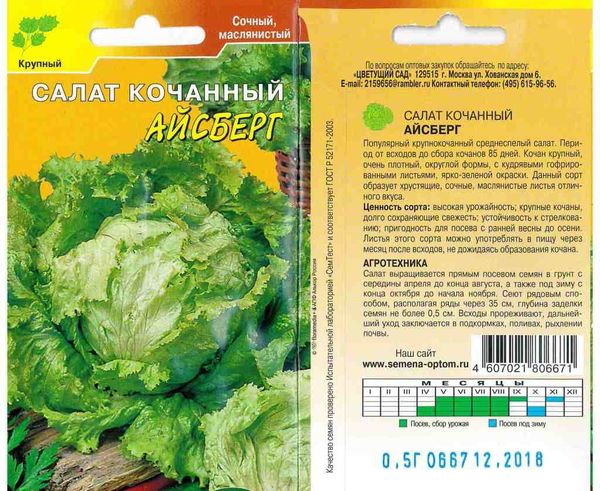
The row covered with foil. Shoots should be expected in 6-14 days. The lower the temperature, the longer the shoots.
Sowing seedlings
Better to use peat or plastic cups. When transplanted into open ground, the root structure is not disturbed, and the culture takes root faster.
The soil is used store or from a site, from the place of future landing. The ground in the cups is slightly compacted and seeded with 2-3 seeds, 1 cm is filled from above. Spill water and cover with a film to preserve moisture and heat.
Until shoots 4-5 days withstand the temperature + 16 + 17 degreesthen you can raise up to +25 degrees. After 3-4 weeks, in the middle of May, when the plant has 4-5 basic leaves, it is transplanted into open ground.
3-5 days before the planned transplantation, seedlings should be hardened. To carry out in the afternoon from the house to the street in a penumbra, in a quiet place, without wind and drafts. In sunny places can get burned.
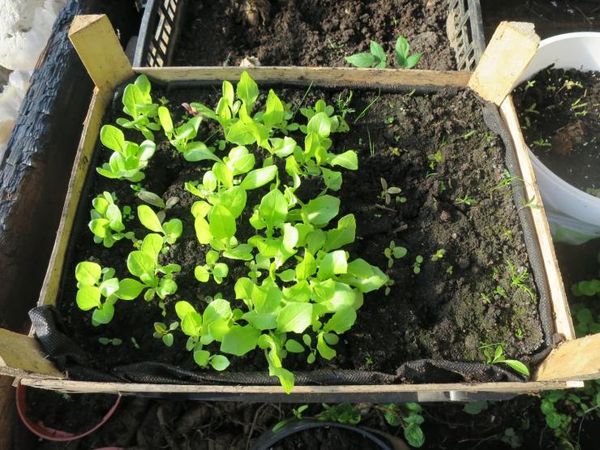
Transplanting seedlings in open ground
In a prepared, loose bed after 40 cm make rows of holes. In rows, the distance between the holes is 20-30 cm.
To make a neat, smooth holes of the desired depth and diameter, you can use a wide pointed tip. The earth in such holes will immediately condense.
Seedlings and holes water well. If the plant is removed from the cups, then by tapping or pressing the container lightly. In this case, peat cubes are good, from which you do not need to get a plant and can be planted directly into the ground.
Seedlings lightly sprinkle with earth. Deepen the root system is not worth it, because it has a surface type of growth. By planting seedlings at varying degrees of growth, you can stretch the harvest period. Stronger shoots will yield faster, weaker ones later.
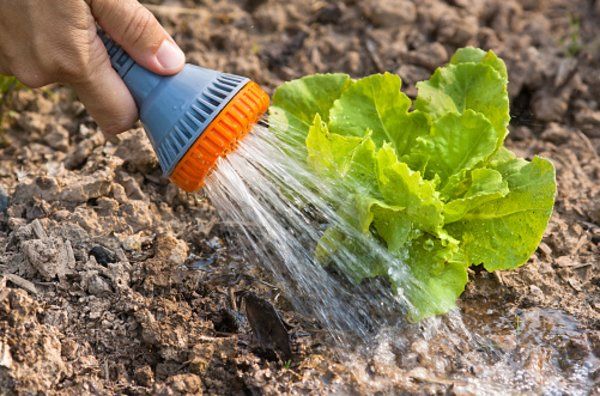
Sowing in the winter
Another option is to sow in late autumn. It is good because the spring ripening of lettuce occurs 10-15 days earlier, it is larger and stronger. But at the same time there is a risk of the part of the seeds freezing out. therefore increase the number of seeds for sowing in winter 1.5 -2 times.
When the temperature outside is within +1 +3 degrees, seeds are laid in the prepared bed. Buried by 1-1.5 cm. In this mode, the seeds will safely go under winter, they will not germinate. The bed is covered with dry grass, foliage and other covering material. Open in the spring when it is warm.
Care
The main care is feeding, watering, loosening, weeding and thinning.
- Top dressing. Perform 1-2 times, before sowing and during the formation of heads. The best option to combine with watering and feed organic
fertilizers. For this purpose, a solution of mullein or bird droppings will be suitable (for 10 liters 1-2 tablespoons). - Watering. Regular moderate watering is needed, abundant every other day or once a week. If the soil is dry, the heads of cabbages are poorly formed; if it is wet, the risk of rot. After the formation of ovaries, watering is reduced.
- Loosening and weeding. Periodic loosening is shallow so as not to damage the roots. The first through 3-4 weeks after sowing. At the same time weeding from weeds.
- If the seedlings are thickened, then spend thinning in two stages. Without performing these works in time, the head will be poorly formed. The first time in the phase of one of these leaves, keep shoots after 4-5 cm. The second time in phase 6-7 of these leaves. Leave the plants every 20-30 cm.
In addition, the plant may be subject to diseases and pests.
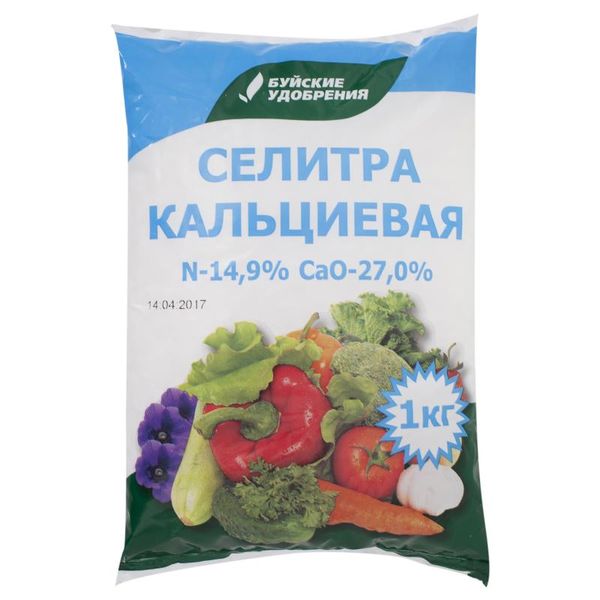
At the end of growth, with a lack of calcium, a disease can occur. peak rotinside the stalks. For prevention, spray once a week with a solution of calcium nitrate (100-150 grams per 12 liters of water).
At defeat cruciferous flea, pour plenty of water and sprinkle with wood ash. The procedure after 3-4 days to repeat.
The reasons for the absence of ovaries head
Paying attention to proper planting and care, gardeners do not always wait for young heads. What is the reason?
- Insufficient watering. Until the formation of ovaries carry out regular watering.
- Shady landing site. The optimal place is sunny with penumbra.
- Temperature below +19 degreesespecially at night. It is necessary to shelter the plants. The best mode for forming is +20 +22 degrees.
- Temperature above +25 degrees. this leads to overriding, the acquisition of a bitter taste, flowering.
- Not enough sunny days.
- Thickened landing or on time was not carried out thinning.
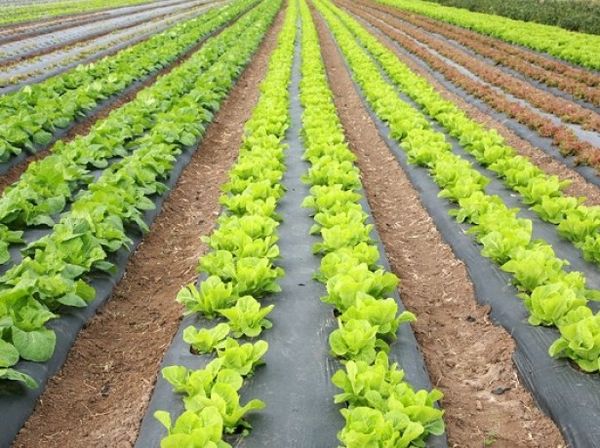
If the average summer temperatures in the region are often higher than 25 degrees at the time of formation of the ovaries, then the crops should be planted earlier through seedlings or into closed ground (greenhouse).
Cutting and storage
Through 45-90 days after sowingwhen the cob diameter reaches 5-10 cm, there is a cut.
For better preservation of the leaf plate juices, the harvest is harvested early in the morning. Choose cabbages of average density.Young and loose poorly stored, and dense overripe inferior in taste.
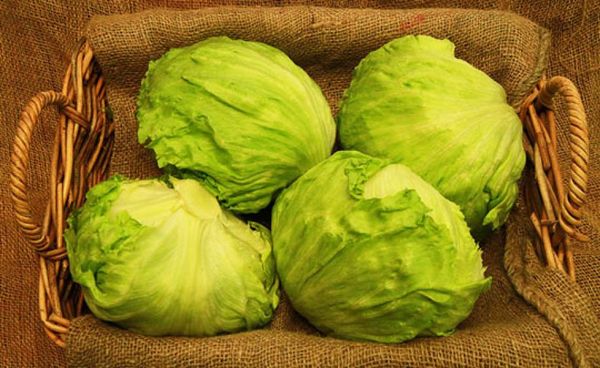
Pre-stack:
- Plastic container and close.
- In a damp cloth and in the package.
Interestingly, after cutting culture continues to grow. In place of cutting, new ovaries grow on the radical neck. If desired, you can leave one for further growth.
Small cabbages with delicious, crispy Iceberg lettuce are increasingly conquering our taste preferences. Uncomplicated care, good preservation and the ability to grow this product, from spring to late autumn, has in order to plant it in your plot.
